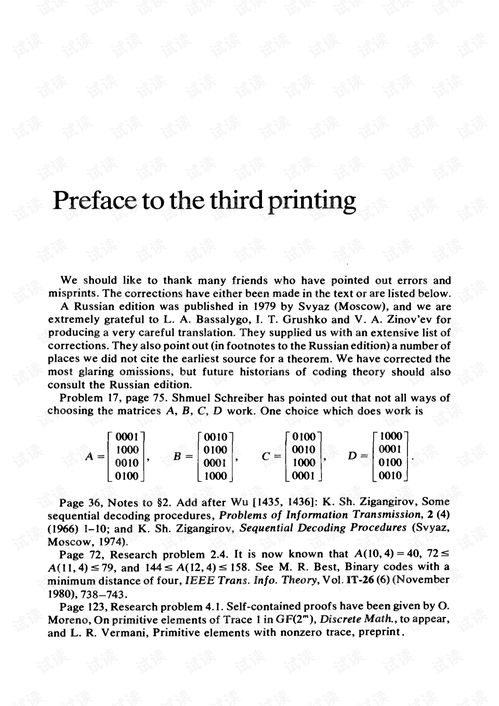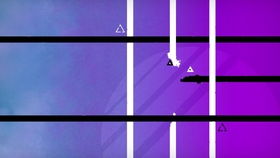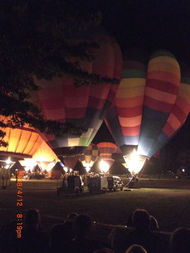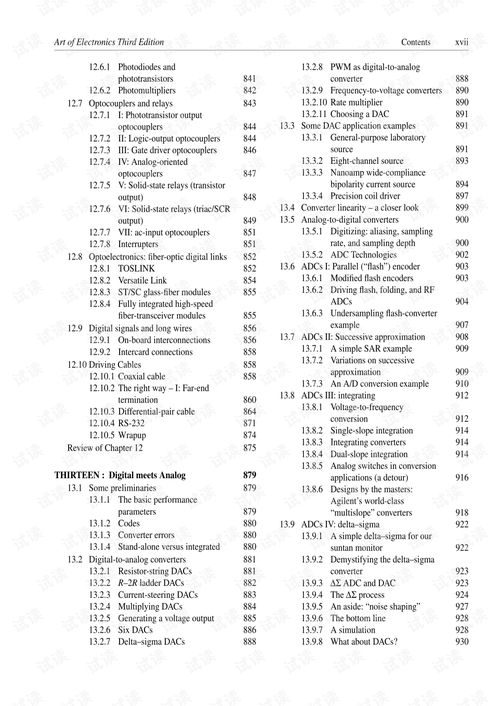Introduction: Fishing is an ancient and beloved pastime that offers relaxation, adventure, and a connection with nature. Whether you are a beginner or an experienced angler, mastering the art of fishing requires patience, practice, and a good understanding of various techniques. In this article, we will delve into the essential fishing techniques and tips to help you become a skilled angler in no time.
Choosing the Right Equipment: Before you start fishing, it is crucial to have the right equipment. Here are some key items to consider:
a. Rod and Reel: Choose a rod and reel that suit your fishing style and the type of fish you want to catch. For beginners, a lightweight spinning rod and reel are recommended.
b. Line: The type of line you use depends on the fish species and the fishing environment. Monofilament, fluorocarbon, and braided lines are commonly used.
c. Lures and Bait: Select the appropriate lures or bait based on the fish you are targeting. Live bait, artificial lures, and natural baits like worms or insects can be effective.
Learning the Basics: Once you have the right equipment, it's time to learn the basics of fishing:
a. Casting: Practice casting to improve your accuracy and distance. There are various casting techniques, such as the overhand cast, sidearm cast, and roll cast.
b. Baiting: Learn how to properly bait your hook with live bait or artificial lures. Ensure the bait is securely attached to avoid losing it in the water.
c. Hook Setting: Once a fish bites, quickly set the hook to secure your catch. The timing and force of the hook set depend on the fish species.
Mastering Different Techniques: Fishing techniques vary depending on the fish species and the environment. Here are some popular techniques:
a. Still Fishing: This technique involves casting your line and waiting for a fish to bite. It is suitable for still waters like ponds or lakes.
b. Casting: Casting is a versatile technique used in rivers, streams, and lakes. It allows you to cover more water and target specific areas.
c. Trolling: Trolling involves dragging a lure or bait behind a moving boat. This technique is effective for catching fish in open water.
d. Fly Fishing: Fly fishing is a specialized technique that requires a fly rod, fly line, and artificial flies. It is commonly used in streams and rivers.
Reading the Water: Understanding water conditions is crucial for successful fishing. Here are some tips to help you read the water:
a. Observe the Water: Look for signs of fish activity, such as splashes, bubbles, or surface disturbances.
b. Analyze the Bottom: The type of bottom, such as sand, rocks, or weeds, can affect fish behavior. Identify areas where fish are likely to be found.
c. Weather Conditions: Pay attention to weather changes, as they can affect fish activity. Overcast days or calm conditions are often more productive.
Patience and Practice: Fishing is a skill that takes time to develop. Here are some tips to improve your fishing abilities:

a. Practice Casting: Spend time practicing casting to improve your accuracy and distance.
b. Experiment with Techniques: Try different techniques and baits to see what works best for the fish you are targeting.
c. Learn from Others: Seek advice from experienced anglers and join fishing clubs or forums to share tips and experiences.
Conclusion: Learning the art of fishing requires patience, practice, and a willingness to adapt. By choosing the right equipment, mastering the basics, and exploring various techniques, you can become a skilled angler. Remember to enjoy the journey and cherish the time spent in nature. Happy fishing!












